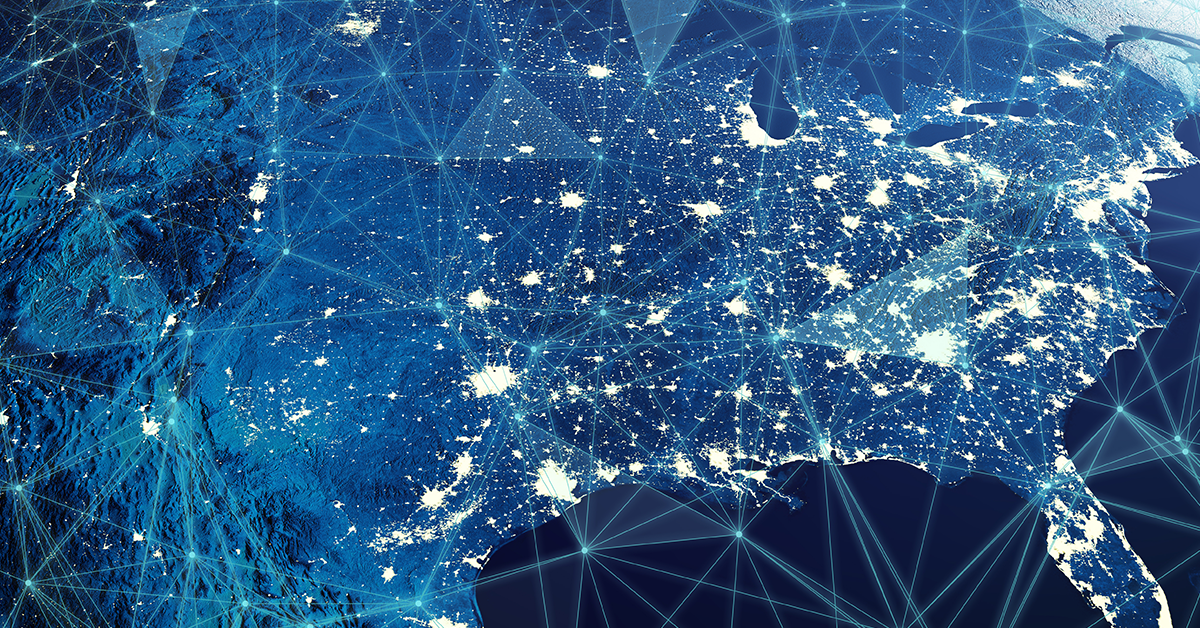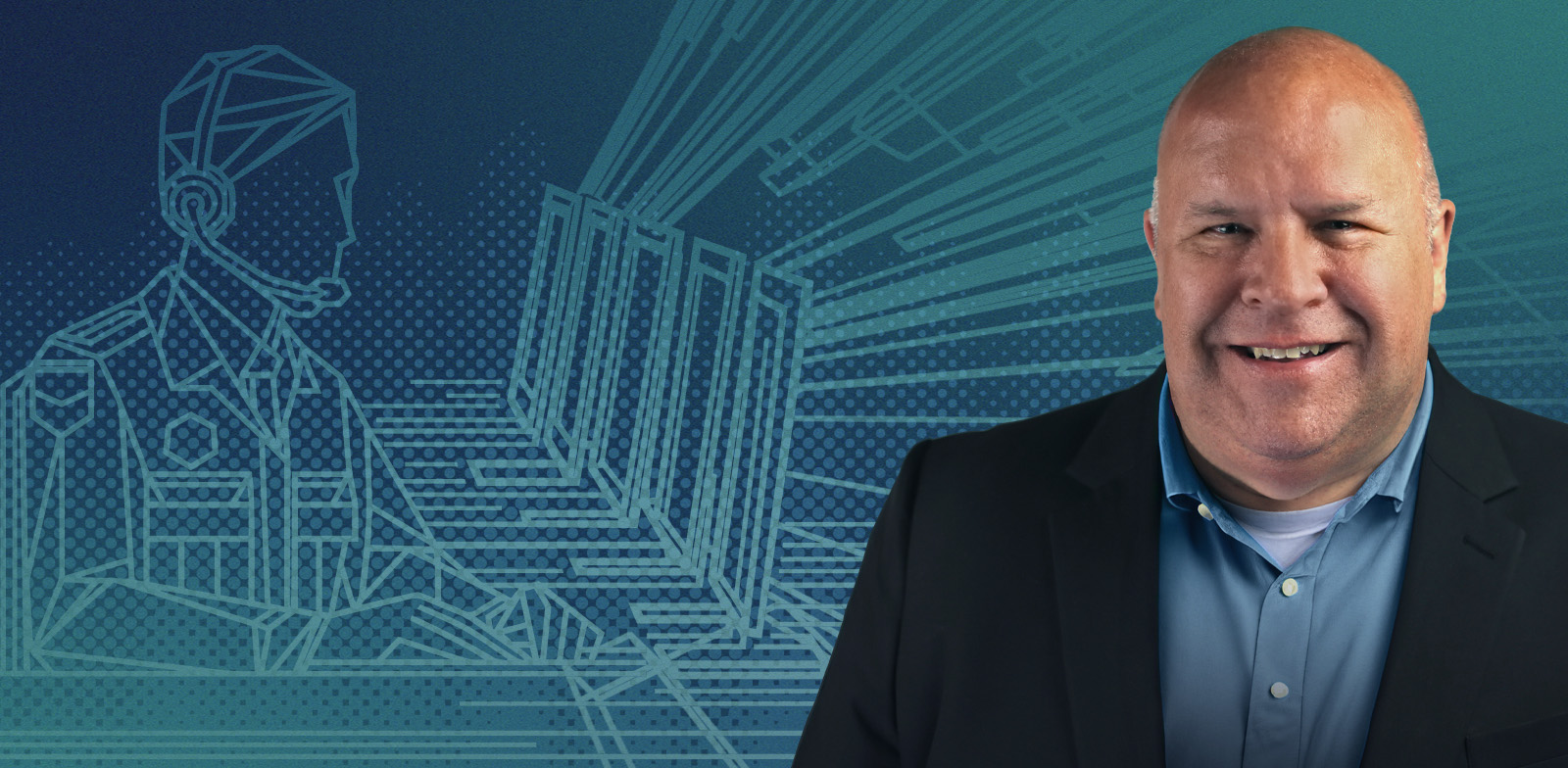Why NG911 (And Not Not NG911)
Having spent many years as a technologist in the telecommunications industry, I was hoping to see more enthusiasm for the next generation of 911, or...
4 min read
By Monica Collett Ellis, Product Marketing Director
Nov 26, 2024
911 compliance is a critical aspect of workplace safety that merges legal obligations with moral responsibility. Compliance with Kari’s Law and RAY BAUM’S Act address 911 accessibility as well as call routing and caller location accuracy, but employee safety has become more complex. With evolving work models, ever-changing infrastructure, and technological advancements like Next Generation 911 (NG911) and incident management solutions, workplace safety begins to go beyond complying with 911 because it’s a regulatory requirement. Workplace safety becomes a fundamental element of a company’s duty of care.
Irwin Lazar, President and Principal Analyst at Metrigy, joined Lauren Kravetz, Intrado VP of Regulatory Affairs, and Josh Burch, Intrado VP of Product Operations, to discuss these critical regulations and technologies set to transform emergency response. In addition to covering research that was featured in our whitepaper, “Why Duty of Care Requires a Proactive 911 Strategy”, the illuminating conversation highlighted five key takeaways that enterprise IT decision-makers should keep in mind.
Key Takeaway 1
Duty of care is a legal responsibility to ensure the safety of employees. Failure to comply can result in liability, whether through injury lawsuits or regulatory enforcement.
At the heart of workplace safety lies the concept of duty of care—the obligation to act with reasonable care to avoid causing harm to others. During the webinar, it was explained that this concept is more than just a legal principle; it’s a moral obligation to protect employees. A company’s duty of care includes ensuring that workers can contact emergency services quickly and efficiently in the event of a crisis.
Key Takeaway 2
Compliance with Kari’s Law and RAY BAUM’S Act is essential for all businesses with MLTS systems. These laws ensure that 911 calls connect directly to emergency services and that detailed location data be transmitted with the call, a critical factor for a swift response.
Two pivotal pieces of federal legislation—Kari’s Law and RAY BAUM’S Act—form the backbone of 911 compliance in the U.S. These regulations aren't mere bureaucratic hurdles—they're lifelines designed to ensure swift and accurate emergency response in critical moments.
While these laws create clear guidelines, the complexity of modern workplace communication systems—spanning landlines, VoIP, and mobile devices—can make compliance challenging. Further compounding the issue, research presented during the webinar demonstrated misconceptions exist about exemption from compliance.
Key Takeaway 3
Managing 911 compliance in a hybrid work environment requires robust systems that track and manage location data across various devices, platforms, and locations to ensure an accurate emergency response.
Many businesses have shifted to hybrid and remote work models, making compliance with 911 regulations more complex. Employees may work from multiple locations on different days, using a range of devices—from desk phones and mobile phones to mobile apps like Microsoft Teams. This fluid work environment makes it difficult to provide accurate location data for 911 calls.
Businesses can overcome these challenges by adopting a centralized system to manage location information across all locations, communications platforms, and devices. By leveraging a flexible third-party platform specifically designed for 911 compliance, organizations can meet legal requirements while safeguarding their workforce.
Key Takeaway 4
NG911 will revolutionize emergency response by integrating advanced technologies such as IoT sensors and real-time data sharing, allowing first responders to act faster and more effectively.
The next frontier of emergency response technology is NG911. This IP-based system is set to modernize outdated 911 infrastructure by allowing the transmission of real-time data—including video feeds, images, and building schematics—directly to emergency services.
NG911 is already being implemented in many areas across the U.S. and will greatly improve emergency response accuracy and speed. For example, IoT devices like smoke detectors and motion sensors can automatically alert emergency services before a human is even aware of the threat, leading to quicker responses and potentially life-saving outcomes. Likewise, video sharing capabilities during a 911 call can provide first-hand insight into an emergency so that emergency responders can more accurately access the situation. The impact and benefits of NG911 on public safety should be top of mind for enterprises.
Key Takeaway 5
System audits, legal consultations, education, and third-party 911 platforms are essential for maintaining compliance with state and federal 911 regulations.
With both current regulations and future advancements like NG911, businesses must take proactive steps to ensure compliance – and ensure their duty of care to keep workplaces safe. Here are some best practices:
Kari’s Law and RAY BAUM’S Act provide a legal framework that prioritizes employee safety in the face of emergencies; however, businesses must remain vigilant and consider what additional steps must be taken to ensure the workplace is safe for staff and visitors alike. With a proactive 911 strategy, companies can maintain a commitment to employee safety and be prepared to respond swiftly and effectively when it matters most.
Don’t wait until an emergency forces your hand – review your company’s 911 compliance strategy to make sure you’re up to date. You can start by watching the webinar now to learn more.
Intrado - always there in an emergency.

Having spent many years as a technologist in the telecommunications industry, I was hoping to see more enthusiasm for the next generation of 911, or...

What is NG911? Intrado provides Next Generation 911 call routing technology (NG911) to more than 630 PSAPs across the United States. In fact, 2 out...

Managing locations for Unified-Communications-as-a-Service (UCaaS) deployments that scale into the hundreds or thousands of phones while supporting...

As of Tuesday, March 25, 2025, 911 Authorities could begin to issue Next Generation 911 (NG911) service requests under the FCC's transition order....